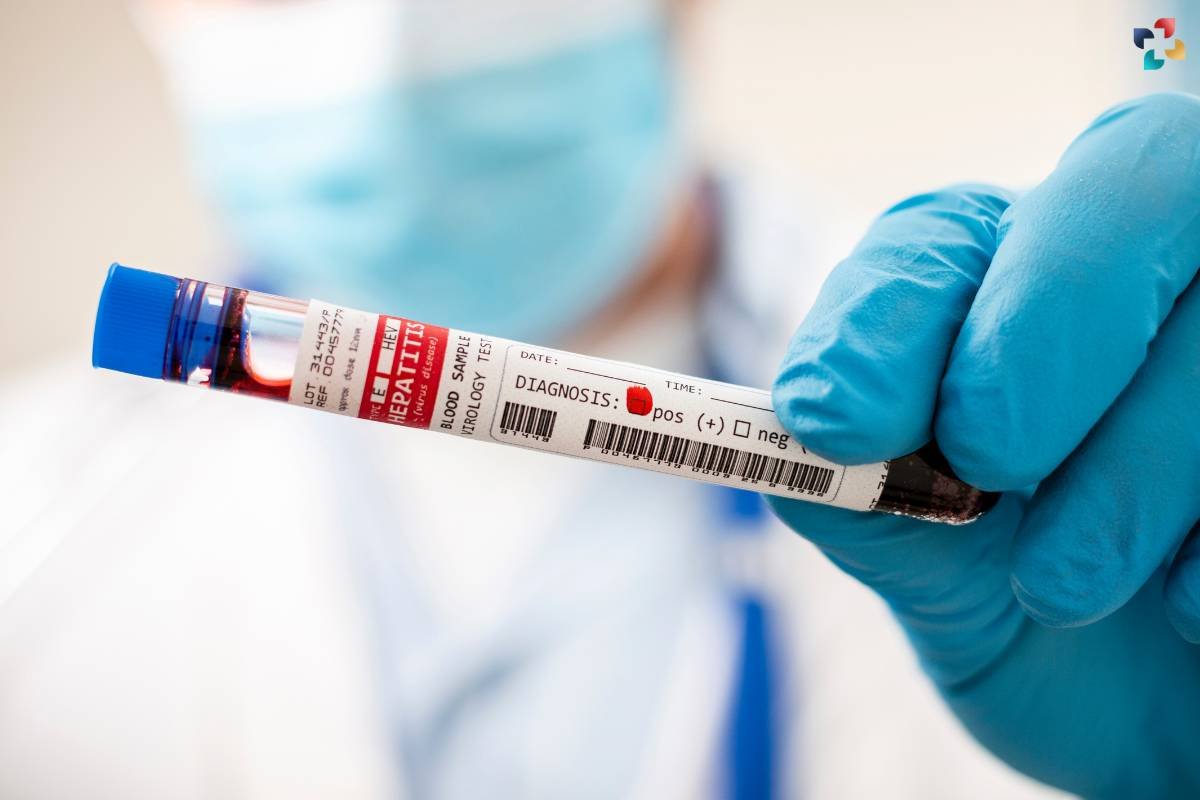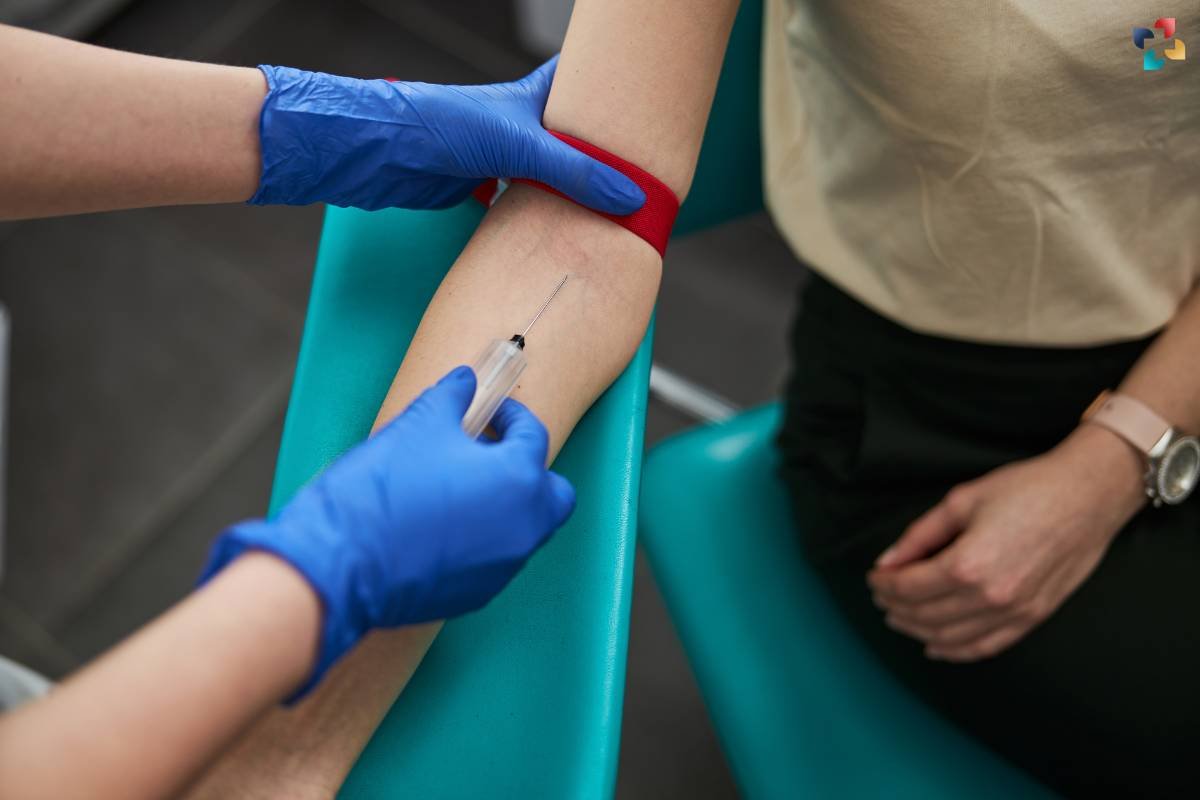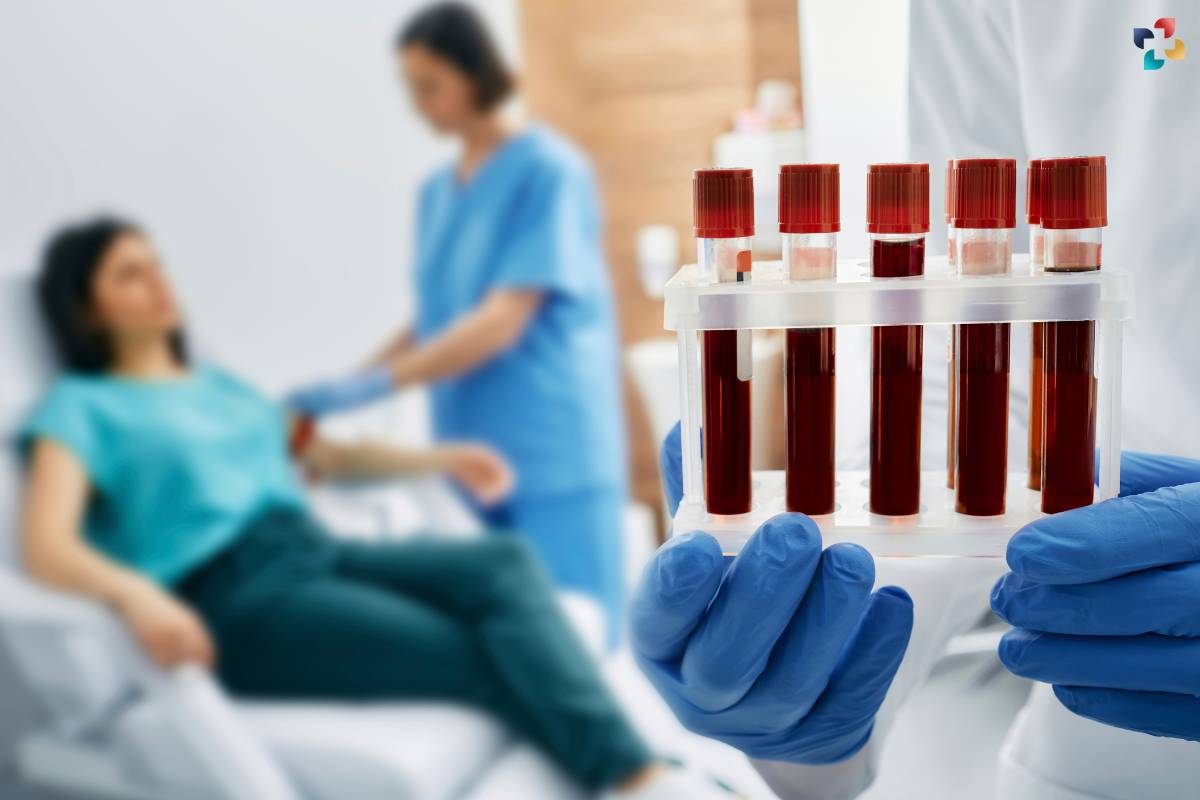Table of Contents
Introduction:
The Anion Gap Blood Test is a vital diagnostic tool used to assess acid-base balance and electrolyte levels in the body. It provides valuable insights into various metabolic disorders and helps healthcare professionals identify underlying health conditions. In this comprehensive guide, we’ll explore the significance of the Anion Gap Blood Test, its uses, interpretation, and common FAQs to provide you with a better understanding of this essential medical test.
Understanding the Anion Gap Blood Test:
The Anion Gap Blood Test measures the difference between the concentrations of positively charged ions (cations) and negatively charged ions (anions) in the blood serum. It is calculated using the formula:
Anion Gap = (Sodium) – (Chloride + Bicarbonate)
The Anion Gap Blood Test helps assess the balance between the major electrolytes in the blood, including sodium, chloride, and bicarbonate ions. A normal anion gap typically falls within the range of 8 to 16 milliequivalents per liter (mEq/L), although reference ranges may vary depending on the laboratory and individual patient factors.
Uses of the Anion Gap Blood Test:

1. Metabolic Acidosis
An elevated anion gap may indicate metabolic acidosis, a condition characterized by excessive acidity in the body due to an imbalance in acid-base levels. Metabolic acidosis can result from conditions such as diabetic ketoacidosis, lactic acidosis, renal failure, or poisoning.
2. Renal Dysfunction
Changes in the anion gap can also provide insights into renal function and kidney health. Conditions such as renal tubular acidosis or acute kidney injury may affect electrolyte levels and alter the anion gap.
3. Toxic Ingestions
An elevated anion gap can sometimes indicate poisoning or toxic ingestions, as certain toxins can disrupt normal metabolic processes and lead to metabolic acidosis. Examples include methanol, ethylene glycol, salicylates, and cyanide.
4. Monitoring Treatment
The Anion Gap Blood Test is also useful for monitoring the effectiveness of treatment in patients with metabolic acidosis. Serial measurements of the anion gap can help healthcare providers assess response to therapy and adjust treatment as needed.
5. Electrolyte Imbalance
Abnormalities in electrolyte levels, such as hyponatremia (low sodium) or hyperkalemia (high potassium), can influence the anion gap. The test helps healthcare providers identify and address electrolyte imbalances that may contribute to metabolic disturbances.
Interpretation of Anion Gap Results:

Interpreting the results of the Anion Gap Blood Test requires consideration of the patient’s clinical history, symptoms, and other laboratory findings. An elevated anion gap suggests the presence of metabolic acidosis, while a normal anion gap may indicate non-anion gap metabolic acidosis or other conditions such as respiratory alkalosis.
It’s essential to interpret results in conjunction with other laboratory tests, imaging studies, and clinical assessments to arrive at an accurate diagnosis and develop an appropriate treatment plan.
Benefits of the Anion Gap Blood Test:
The Anion Gap Blood Test offers several benefits in clinical practice, including:
1. Early Detection
The test helps healthcare providers detect metabolic disturbances and underlying health conditions early, allowing for prompt intervention and treatment.
2. Diagnostic Clarity
By assessing acid-base balance and electrolyte levels, the Anion Gap Blood Test provides valuable diagnostic information to guide patient management and treatment decisions.
3. Monitoring Disease Progression
Serial measurements of the anion gap enable healthcare providers to monitor disease progression, assess treatment response, and adjust therapeutic interventions as needed.

4. Tailored Treatment
Understanding the underlying cause of an abnormal anion gap allows healthcare providers to tailor treatment strategies to address the specific needs of each patient effectively.
5. Improved Patient Outcomes
By facilitating timely diagnosis and appropriate management of metabolic disorders, the Anion Gap Blood Test contributes to improved patient outcomes and overall quality of care.
Conclusion
The Anion Gap Blood Test is a valuable diagnostic tool that provides essential information about acid-base balance and electrolyte levels in the body. By identifying metabolic disturbances and underlying health conditions, this test helps healthcare providers make informed decisions regarding patient care and treatment. Understanding the significance of the Anion Gap Blood Test and its implications for health and wellness empowers individuals to take an active role in managing their health and well-being. If you have any concerns about your health or the results of your Anion Gap Blood Test, be sure to consult with your healthcare provider for guidance and personalized care.
FAQs about the Anion Gap Blood Test:
1. What is the Anion Gap Blood Test?
The Anion Gap Blood Test is a diagnostic test that measures the difference between the concentrations of positively charged ions (cations) and negatively charged ions (anions) in the blood serum.
2. What does an elevated anion gap indicate?
An elevated anion gap may indicate metabolic acidosis, a condition characterized by excessive acidity in the body due to an imbalance in acid-base levels. It can be caused by various factors, including diabetic ketoacidosis, lactic acidosis, renal failure, or poisoning.
3. What are the possible causes of a low anion gap?
A low anion gap may occur in conditions such as hypoalbuminemia, multiple myeloma, or paraproteinemia. It can also be seen in patients with elevated levels of positively charged ions, such as hypercalcemia or hypermagnesemia.
4. Can medications affect the anion gap?
Yes, certain medications, such as acetazolamide, methotrexate, or salicylates, can influence the anion gap and may contribute to metabolic acidosis. It’s essential to inform your healthcare provider about any medications you are taking before undergoing the test.
5. How is the Anion Gap Blood Test performed?
The Anion Gap Blood Test is typically performed using a blood sample drawn from a vein in the arm. The sample is then sent to a laboratory for analysis, and results are usually available within a few hours to days, depending on the testing facility.






.jpg)
